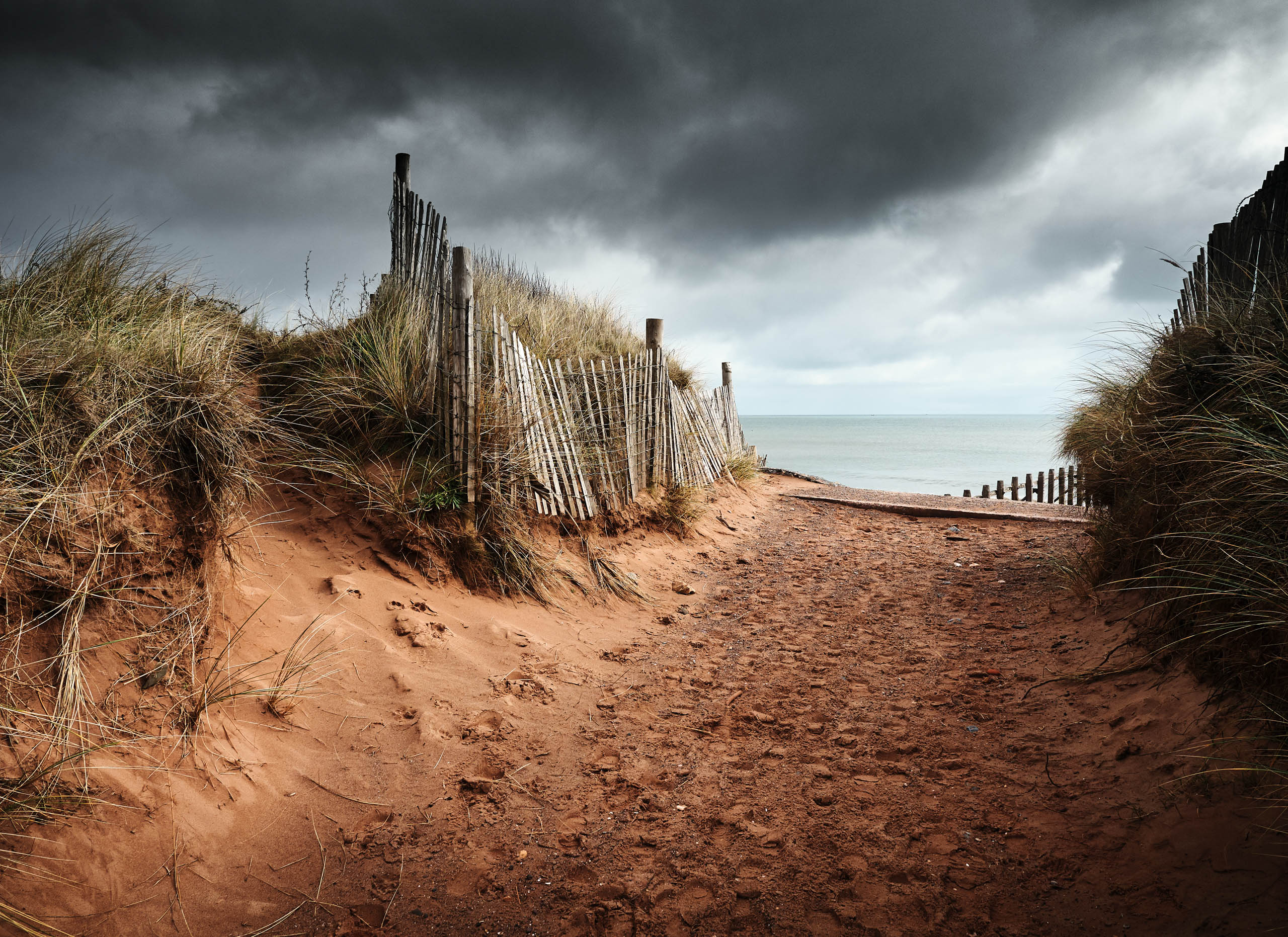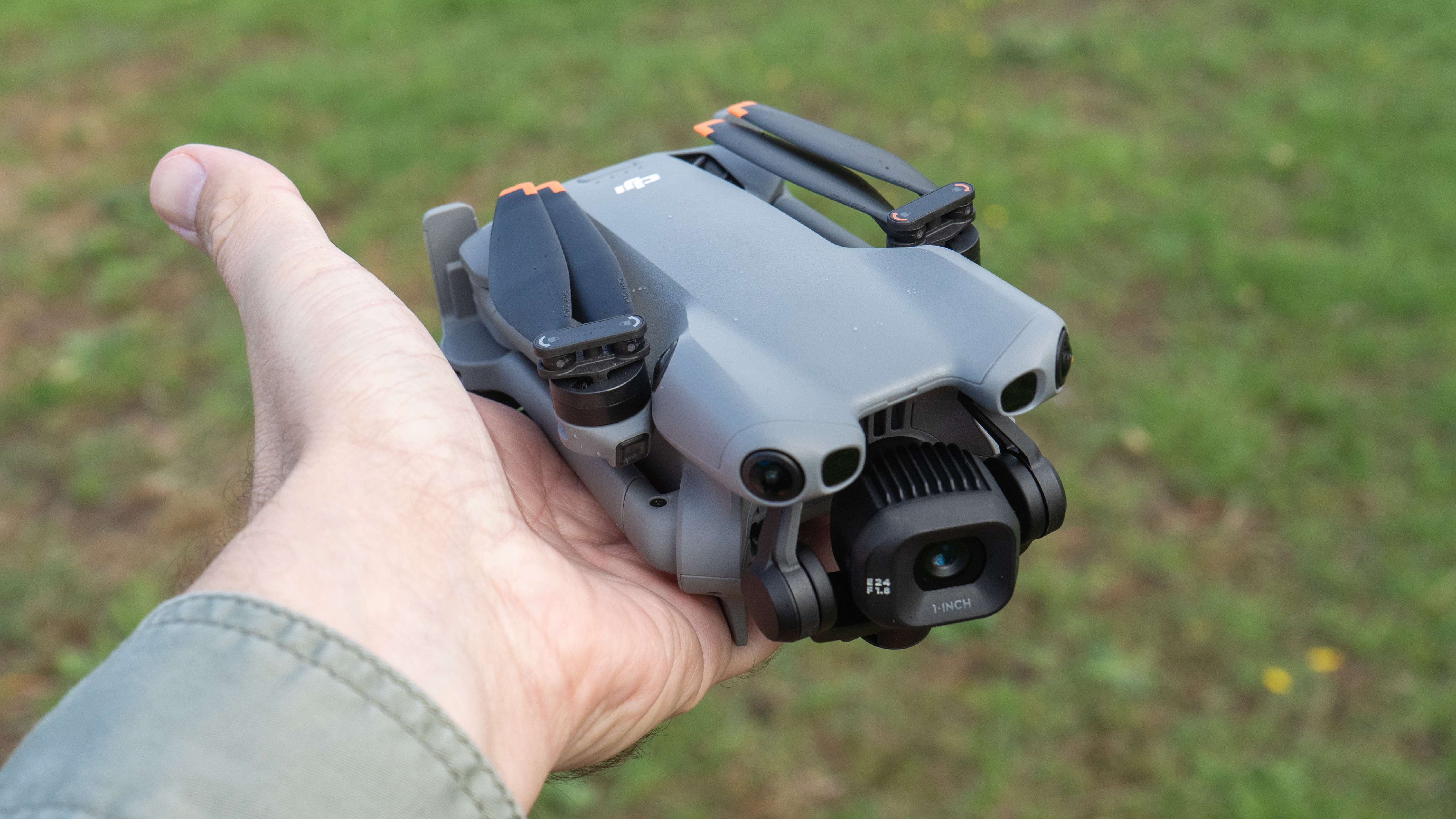Photographers have always 'altered' reality, but now we can invent it...
All photography involves some kind of deliberate exclusion or ‘reality-enhancement’, whether we realise it or not, but is generative AI a step too far?

Surely if you share an unedited image straight from the camera you’re not using any kind of manipulation at all? Really? Let’s think about this properly.
We like to think photography is all about capturing 'reality', but the fact is that what’s real, or a least what is seen, depends on where you stand, how you frame the picture and when you press the shutter release. You can’t take a photograph without controlling what the viewer will see, and that typically means what we WANT them to see. There’s a lot of unconscious and/or deliberate bias in simply holding and using a camera. That’s one bit of photo manipulation that none of us can avoid.
But what the AI revolution has shown is that it’s easy now to go beyond photo manipulation to recreate a scene or an event that never really existed. So as photographers, where do we draw the line?
What makes this even more difficult is that we’ve been able to do many of these things for years in Photoshop. Want to swap out a sky? That’s easy for anyone with some layering, blend mode, and masking know-how. AI just makes sky masking easier.
Want to clone out an unwanted object, or add in a new element that was never there before? Generative AI will do that for you with just a few mouse clicks, but a proficient Photoshop user could do that before. Maybe not as convincingly, but cloning, montages, and image faking are not new. AI didn’t invent this; it just made it easy.
But maybe Generative AI is this final line in the sand? With Generative AI you’re not adding elements from other photographs, you’re adding objects, people, and scenes that never existed in reality and have been created from scratch using AI models trained on vast numbers of real-world photographs (probably ours). You may even create an entire image based on what you would like to have seen, as I did for the main image for this article.
(Prompt: "Kirkjufell mountain and Kirkjufellsfoss waterfall in Iceland under snow and in a thunderstorm with lightning", if you're interested.)
The best camera deals, reviews, product advice, and unmissable photography news, direct to your inbox!
This is what we all need to figure out as photographers. Are we producing fact or fiction? Both are fine, as long as we can trust photographs presented as facts and we can enjoy photographic fictions for their own sake. The danger is, of course, that generative AI has made it easy for bad players to present fiction AS fact. That includes everyone from rogue states to greedy influencers to unscrupulous advertisers.
But really, we can’t blame the tech for that. This is a human issue that existed long before generative AI was even thought of.
Check out our guide to the best AI image generators

Rod is an independent photography journalist and editor, and a long-standing Digital Camera World contributor, having previously worked as DCW's Group Reviews editor. Before that he has been technique editor on N-Photo, Head of Testing for the photography division and Camera Channel editor on TechRadar, as well as contributing to many other publications. He has been writing about photography technique, photo editing and digital cameras since they first appeared, and before that began his career writing about film photography. He has used and reviewed practically every interchangeable lens camera launched in the past 20 years, from entry-level DSLRs to medium format cameras, together with lenses, tripods, gimbals, light meters, camera bags and more. Rod has his own camera gear blog at fotovolo.com but also writes about photo-editing applications and techniques at lifeafterphotoshop.com
You must confirm your public display name before commenting
Please logout and then login again, you will then be prompted to enter your display name.

